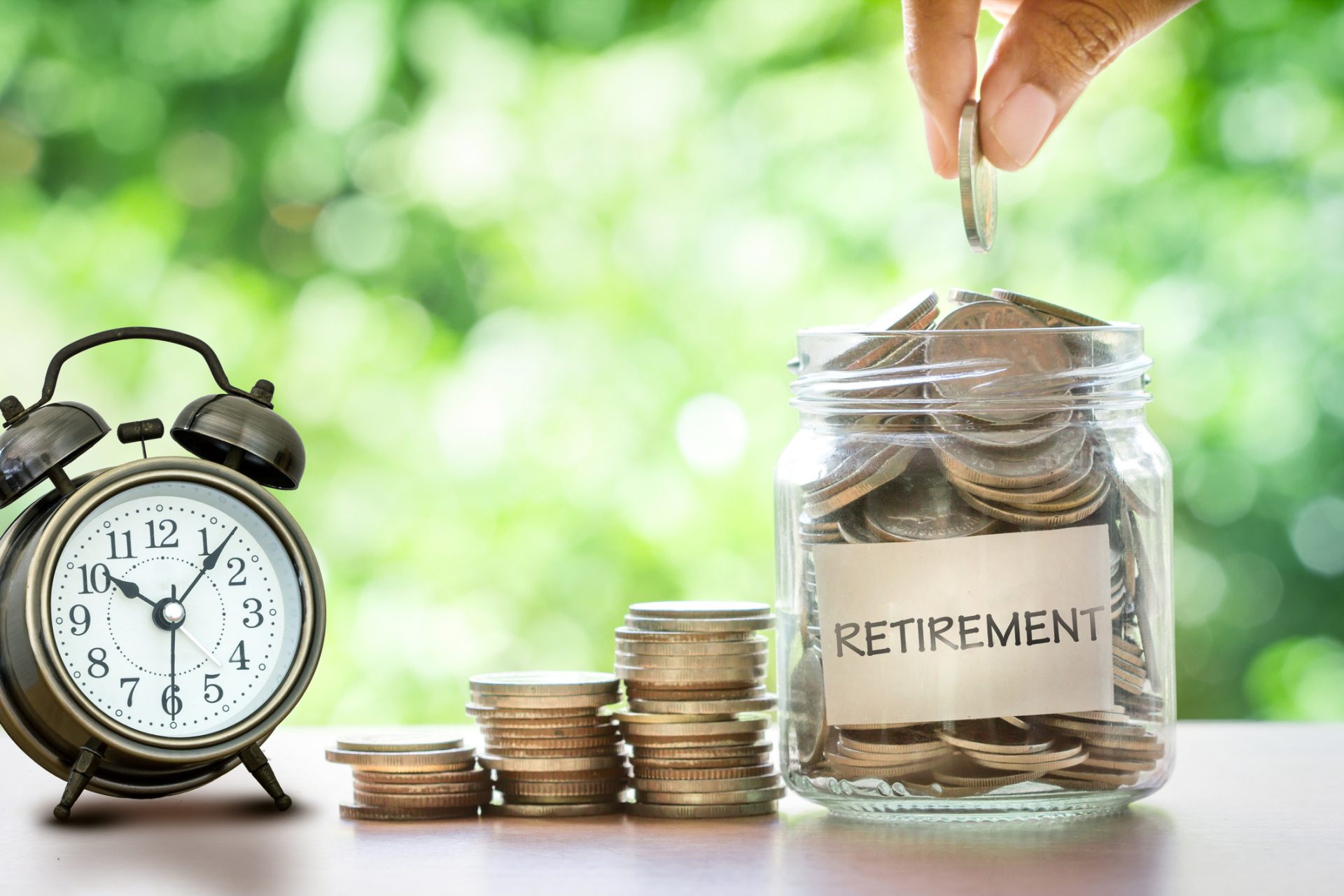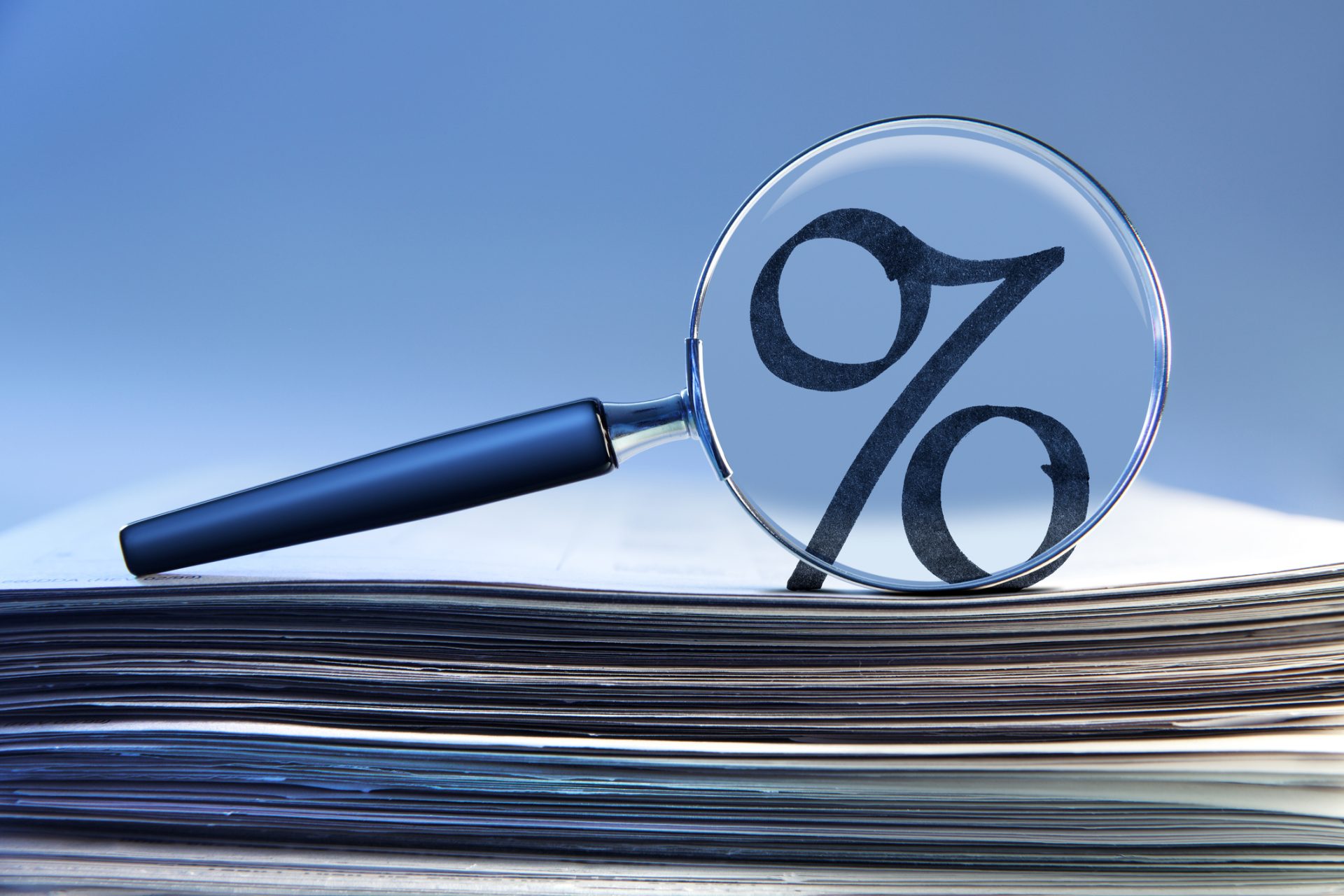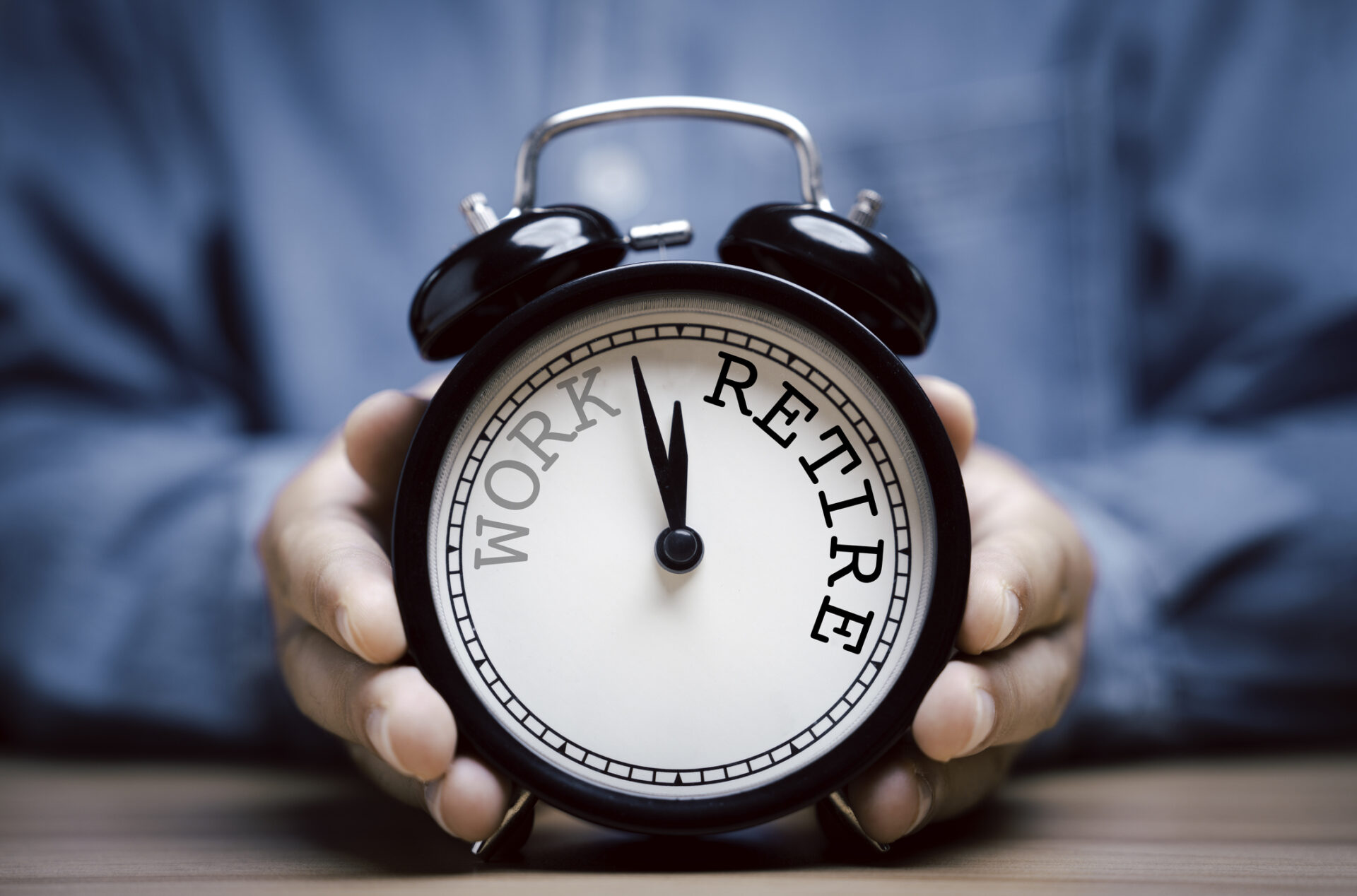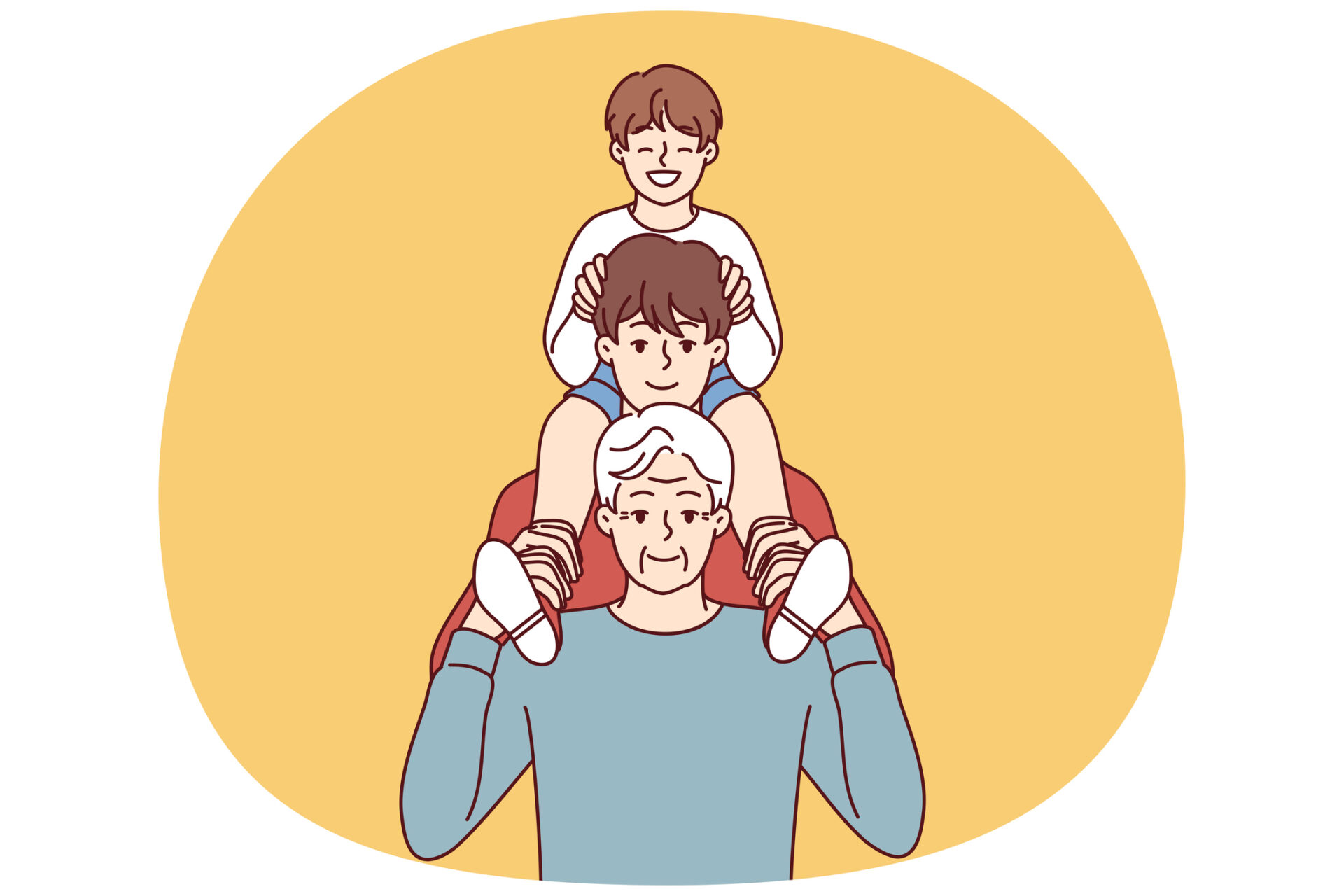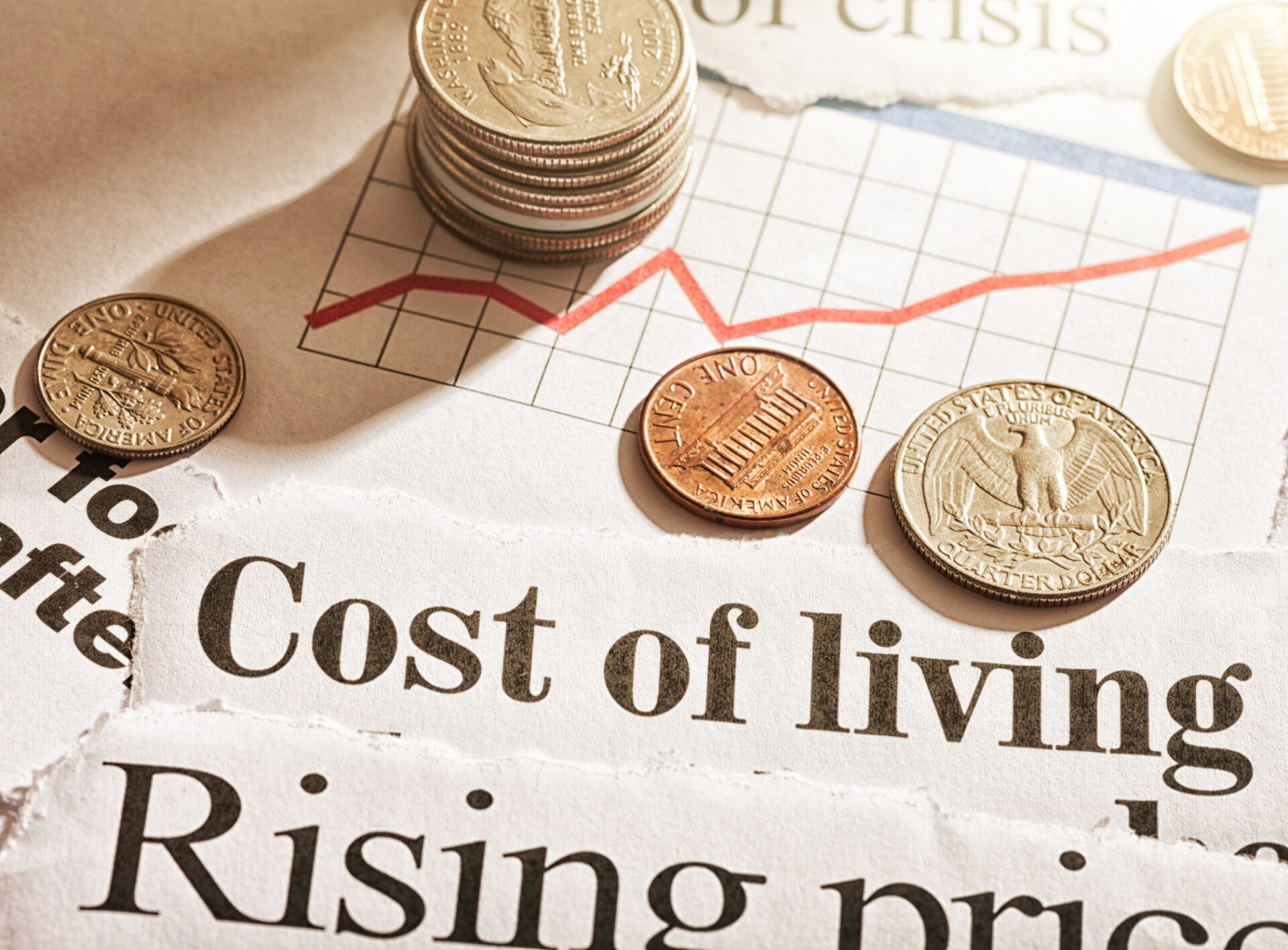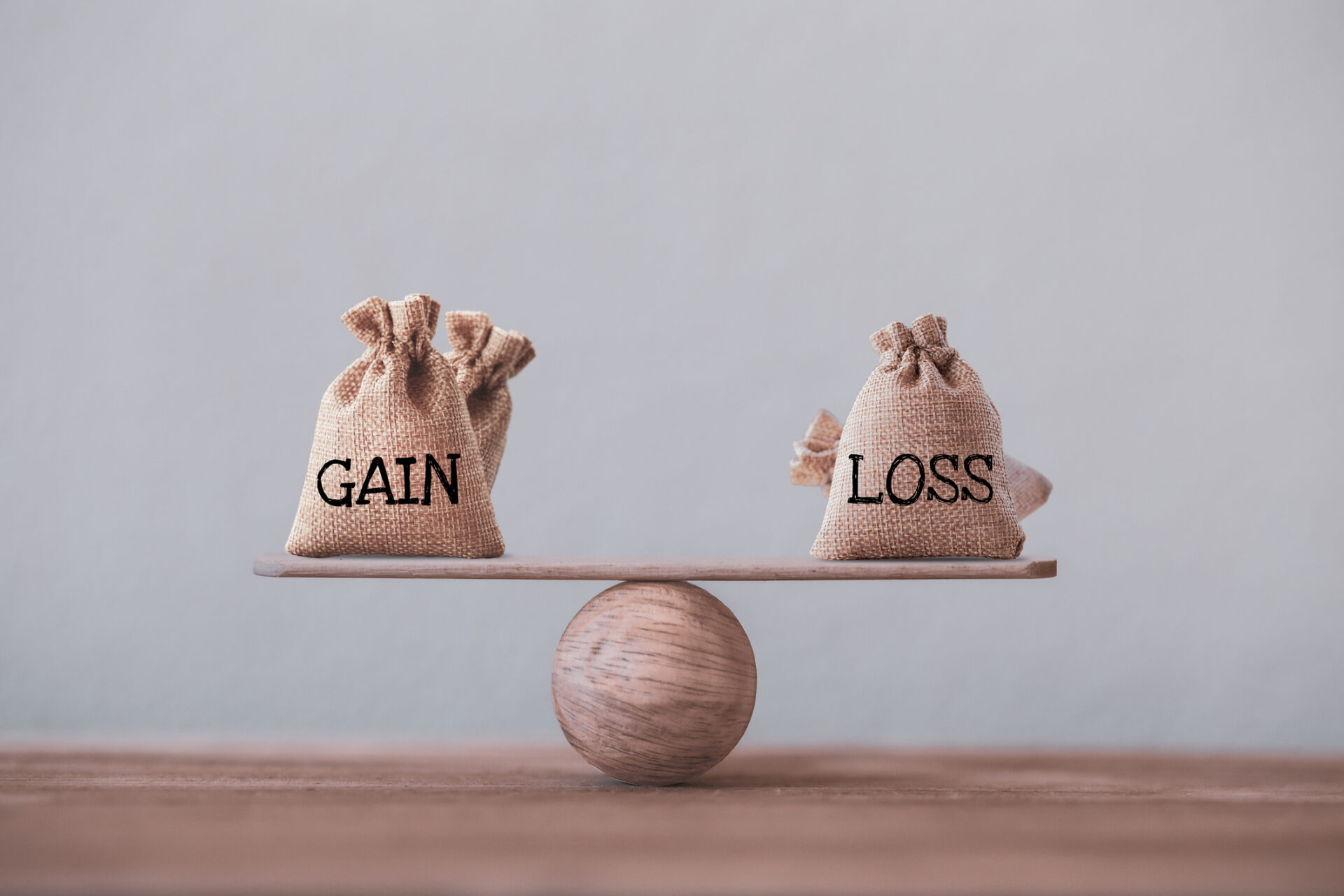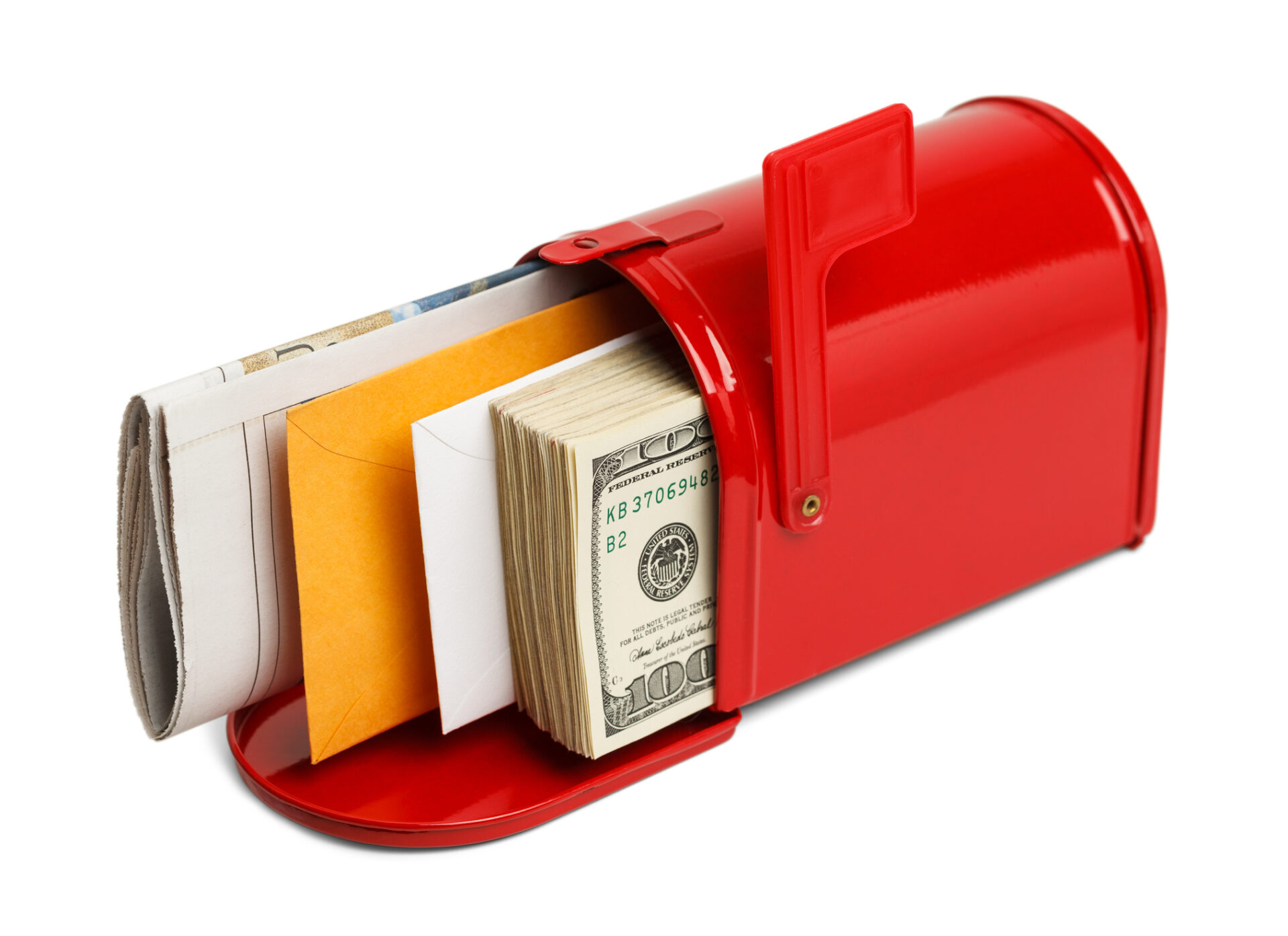Buy now, pay later lets you pay less now, but could mean more trouble later.
The Allure of Low Payments
A familiar scene: after some time scrolling through online shops, you have selected your day’s quarry. When considering the price, you see an offer: Pay in 4 installments! Do you choose to pay in full today, or do you take the offer?
Buy now, pay later is not a new concept, but it has had an explosion in popularity across the ecommerce universe in the past decade. It has even gotten the acronym treatment – BNPL is much easier to type in all of the online chatter it inspires. Whether you use them or not, if you shop online at all then you have seen these offers from companies like AfterPay, Klarna, Affirm, and PayPal (PayPal in 4) slipped into the checkout process.
It is not hard to see the argument for using these offers. Why not pay less now if you are going to buy the item anyway? Or even, why not buy that thing that is a little out of budget if you can easily clear the first installment? The instant gratification that is supplied when splitting purchases up into smaller amounts can be irresistible, especially when you are already in shopping mode. But is it really that simple?
The History of Buy Now, Pay Later
BNPL is often thought of as a modern take on the concept of buying on layaway. Layaway is essentially a forced savings plan that you undertake in partnership with a store – the store sets an item aside for you and you pay what you can afford over time; when you have handed over the amount equal to the cost of the item, you get to take it home. BNPL lets you take the item home (or at least ship it) right away, which can feel like a big improvement to you, the purchaser.
Of the most recognizable names in the BNPL space, Klarna, founded in 2005, was an early mover. Several years later came Affirm (2012) and AfterPay (2014), and then PayPal realized they had to join in, releasing PayPal in 4 in 2020. In 2023, at least 14 percent (up to 60 percent, depending on the survey) of Americans used some form BNPL service; 18 percent of those who used it reported they had been late on a payment.
While the specific terms vary from company to company and depending on the amount and term of the installment plan, these companies do not tend to charge interest, and late fees are usually capped or nonexistent. They make money on merchant fees (and other fees like late fees, if charged).
Our Verdict: Just Skip It
Traditional credit is still the overwhelming choice for most Americans; in 2022 about 82 percent of adults had a credit card. But credit and BNPL are not mutually exclusive, which brings us to our first red flag. Although some companies require repayment from a bank or debit card, others allow credit card repayments, so it is likely that many people are making their installment payments using a credit card, increasing the risk should a budget shortfall arise.
Our other, main objection is philosophical: why does this product even exist? For those who can afford what they are buying, there is no additional upside that credit cards do not already cover. Some financially-stable users of BNPL loans state they are avoiding interest, but responsible use of credit cards includes paying them off each month, not carrying interest. We do not see a way to recommend increasing the number of payments for any item as a path to improvement in an already-balanced budget. Even if you can afford the item, increasing complexity in your bills is an unnecessary, added cost, especially if you have to manage overlapping payments for multiple items.
For those who are spending outside of their means, enabling that behavior is not doing anyone any favors. There are countless stories you can find about how these artificially-low initial payments serve as a gateway to overspending, or a trap door when your financial situation suddenly changes. As one user described in an article in the New York Times:
“I had a beautiful closet full of lovely clothes, purses and shoes,” she said. “But it is also filled with shame, guilt and regret.”
If you feel you need the credit, that is probably a sign that the item is not in budget for you and should be set aside for now. We will almost always recommend saving for things you want, rather than stretching out payments over time. Instead of paying your money out to a third party, put it in a high-yield savings account for the same amount of time, and end with the item you want plus a little extra left in the bank.
Walking Our Recommendation Back (a Little)
After all that, this is where I need to take a few steps back because, as I always say: It depends. Like everything else in life, there are always some cases where the standard advice does not apply, or can be adjusted to the facts at hand.
A close cousin and predecessor of these new BNPL services, is a company called CareCredit. Founded in 1987, CareCredit is more like a standard credit card except that it must be used for healthcare expenses only. Also unlike a credit card (and more like BNPL), these cards do not charge interest if you pay the amount back within the agreed term, which can be as long as two years. It can be a literally lifesaving bridge for a family whose budget is not prepared for a surprise medical expense, and a no-fuss loan even for those who have the cash on hand.
The existence and logic of CareCredit demonstrates when and how BNPL can be used effectively – when large expenses come up that impact your basic needs or essential creature comforts, sometimes paying less for a longer period of time makes a lot more sense than paying up front, even when you can afford it.
I was raised to believe that living within your means is done with cash and without any debts, but the same parents who taught me that made their first purchase together on credit: a set of Polk stereo speakers (maybe more of a necessity in the seventies?). My advice – whether it’s a quality bed to help you sleep well at night or an A/C unit replaced in a heat wave, living within your means can make room for some exceptions.
While BNPL might not be a wolf in sheep’s clothing, it can show up in many forms. At its best it is an extension of your emergency fund, but it can also quickly shift to a gimmick designed to make you feel better about spending. At worst it may cost you in fees, empty debt, and calls from collectors. If you want to discuss better options for budgeting and useful debt, give your advisor a call today.
Doug “Buddy” Amis, CFP®




